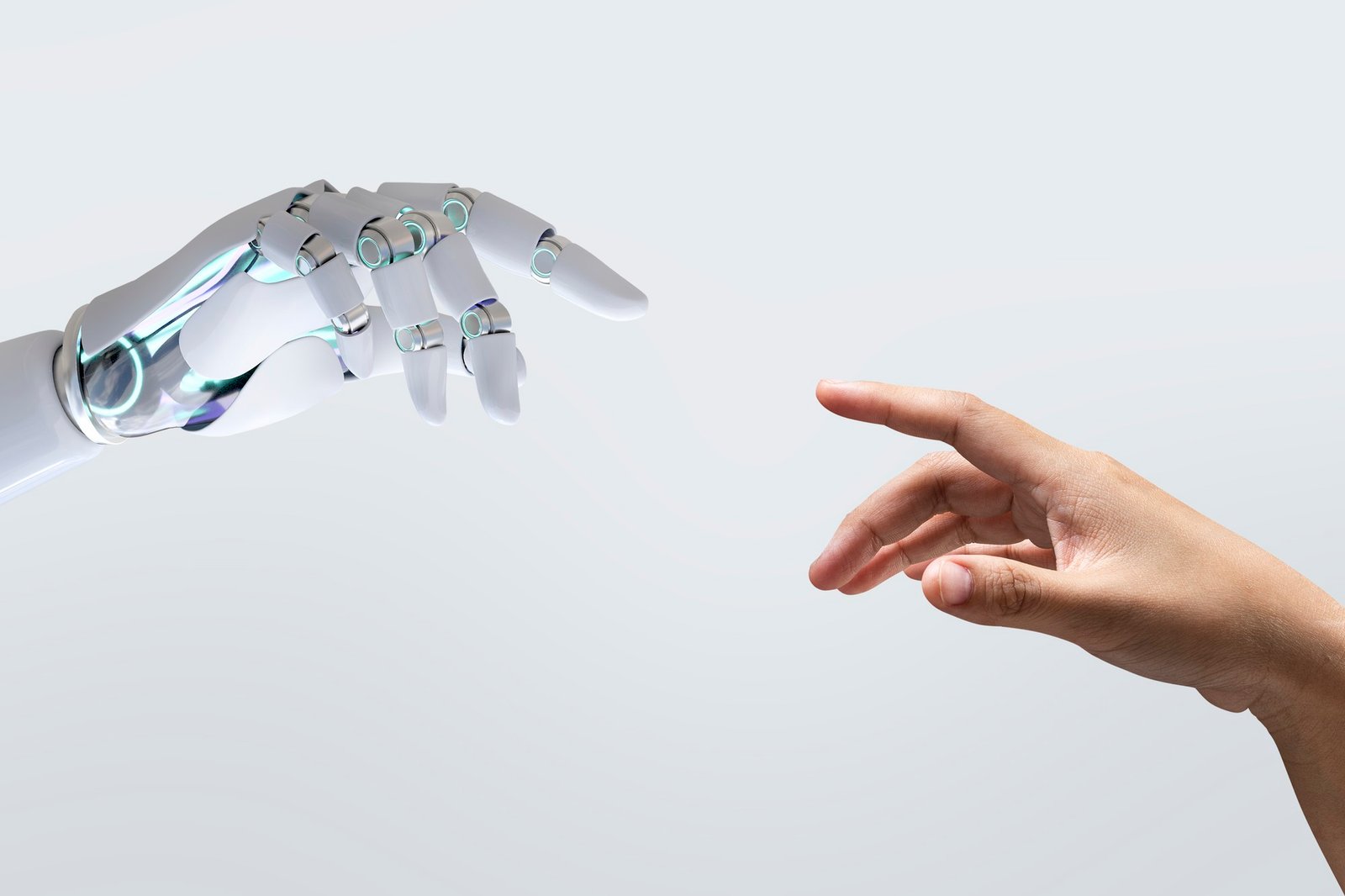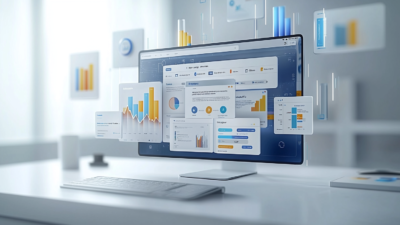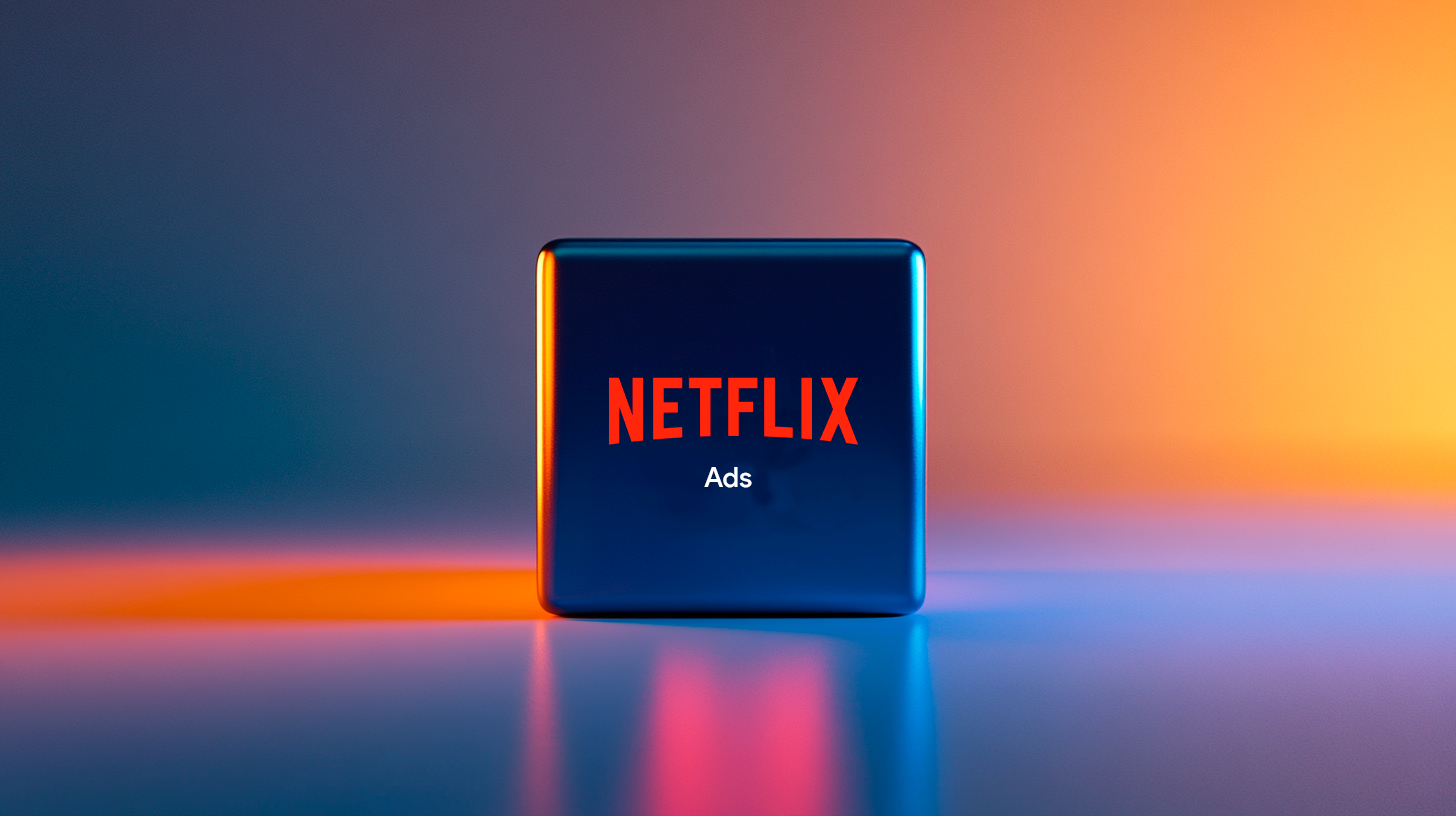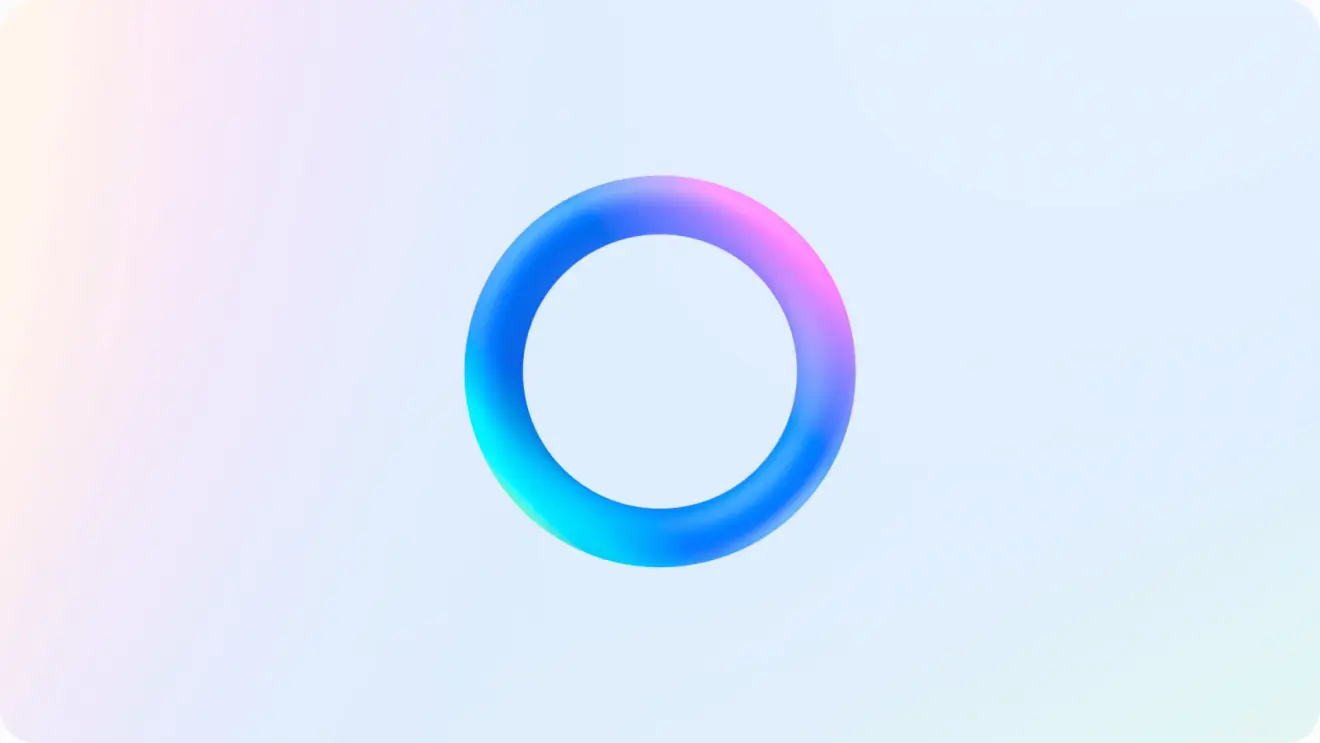Digital marketing continues to evolve and 2025 confirms this in spades. Although Artificial Intelligence continues to be the protagonist, there are many more trends that are setting the pace this year. As industry professionals, we must anticipate the changes, understand what technologies and habits are consolidating, and adapt our strategies to stay relevant.
In this article, we present you with a comprehensive and realistic analysis of the top digital marketing trends for 2025 beyond AI.
1. Interactive Content as a Pillar of Engagement.
Static content is no longer engaging. Users want to interact, participate and decide their own experience. In 2025, the formats that are working best include:
- Quizzes and customized tests
- Interactive calculators (very useful in eCommerce, health or finance)
- Real-time polls and surveys
- Interactive videos with integrated CTAs
Brands such as IKEA, Spotify or H&M are already using this type of content to improve average session duration and conversion.
SEO recommendation: Use structured data type FAQ or HowTo in this type of content. It improves visibility in SERPs.
2. Short-form video: Total Control on Social Platforms.
TikTok, Instagram Reels and YouTube Shorts continue to grow in attention share. The vertical, brief and direct format is gaining ground. Why?
- Low production cost
- High visual impact
- Perfect adaptation to mobile consumption
Fact: According to Hootsuite, 69% of marketers in Spain will prioritize short-form video by 2025 as a central part of their content strategy.
Tip: take advantage of current trends on each platform and adapt the storytelling to the first 3 seconds.
3. Privacy, Data First-Party and Transparent Consent.
With the final end of third-party cookies in Google Chrome this year, first-party data collection has become imperative.
- Well-integrated subscription forms
- Voluntary questionnaires
- Loyalty programs
- Landing pages with exclusive offers
Trust is the new currency. Brands that clearly communicate how and why they collect data will have higher conversion rates.
Key tools: CookieYes, OneTrust, Segment, GA4.
4. Visual and Voice Search: Multiformat SEO.
More and more users are using the camera or their voice to search. Google Lens, Siri, Alexa or even Pinterest Lens are gaining ground.
To optimize in this new environment, you need to apply:
- Visual SEO: very well named images, in WebP format, descriptive
alt text, image sitemaps. - SEO for voice: conversational keywords, use of short answers, FAQ structures, featured snippets.
Fact: According to Think With Google, 27% of mobile searches are voice searches in markets such as Spain.
5. Omnichannel Strategies: Unifying the Experience.
Consumers no longer differentiate between channels. They visit the website, write via WhatsApp, see ads on Instagram and finalize the purchase via email. Brands must offer an integrated and frictionless experience.
Keys:
- Unified CRM (such as HubSpot or Salesforce).
- Automation between the different channels.
- Personalized strategies according to cross behavior.
Example: a user abandons a cart on the web → receives an abandoned cart recovery email → if the user does not convert, we do dynamic remarketing on social networks → WhatsApp with personalized attention.
6. Brands with Purpose and Ethical Communication.
The user now demands much more than a good product, he wants value. Sustainability, inclusiveness and transparency is no longer an option. Purposeful branding generates emotional connection, loyalty and differentiation.
Study: According to Nielsen, 73% of consumers in Europe are willing to pay more for brands that are committed to the environment.
Include real storytelling, show your impact, and use channels such as email or LinkedIn to share progress.
7. Humanization of the Brands: Not everything is to automate.
Although AI allows us to automate many tasks, users value more than ever authenticity, closeness and human communication.
- Respond with name and natural tone in RRSS
- Show the behind the scenes of your brand
- Create content with real people, not just influencers
The brands that connect are the ones that really show themselves as they are. NO FILTERS!
Conclusion: The Future of Marketing is in Adaptation.
2025 requires us to be more strategic, more humane and more aware. The future is not just AI, it’s technology integration, lots of data and a real connection with people.
Brands that understand the context and adapt consistently will dominate the market. It’s not about following all the trends, but applying the ones that make sense for your business and your target audience.



